Sage
$4.49
Salvia Officinalis
- Seed Count 30
- Culinary & Medicinal
- Perennial
- Height 60 cm
In stock
Description
Salvia Officinalis, as the Latin name implies, is the original aromatic foliage used for centuries to flavour stuffing, meats and even make sage tea. of course, nothing says stuffing like Sage.
Besides the traditional use, it is good with cheese and is often combined with thyme for use with beans and in soups and it works well with fruits in vinegars. The flowers make an attractive garnish in salads, butters, soft cheeses, and ice cubes.
Sage rivals many of its ornamental Salvia cousins during its three to four week bloom period. The flowers of common sage are extremely attractive to butterflies and bees. It is suitable for herb gardens, container gardening, perennial gardens, and cottage gardens and it’s light blue, edible flowers and grey-green foliage help it combine well with other plants in a flower border or container.
Seed count 30
| Method: Sow direct | Soil Temp:10°C - 25°C |
| Cool Mountain: Oct - Dec | Position: Full sun |
| Arid: Jun - Jul | Row Spacing: 50cm apart |
| Temperate: Sep - Dec | Planting Depth: 5 mm |
| Sub Tropical: Aug - Nov | Harvest: 75 Days |
| Tropical: May - Jul | Plant Height: 60 cm |
Climate and Growing Conditions
Sage is well-suited to Australia’s diverse climates, but it prefers:
Temperature:
- Sage thrives in warm, temperate climates.
- It can tolerate light frost but prefers temperatures between 15°C and 30°C.
Sunlight:
- Full sun (at least 6 hours of direct sunlight per day) is ideal.
Soil:
- Well-draining soil with a pH between 6.0 and 7.0.
- Sage does not tolerate waterlogged soil.
Water:
- Sage is drought tolerant once established.
- Overwatering can lead to root rot.
Starting Sage from Seed
Growing sage from seed requires patience, as it can be slow to germinate.
Seed Preparation:
- Sage seeds have a low germination rate.
- To improve success soak seeds in water for 24 hours before planting.
Sowing Seeds:
- Fill seed trays or small pots with a seed raising mix.
- Sow seeds 5 mm deep.
- Lightly water the soil and cover the tray with a plastic dome or cling wrap to retain moisture.
- Place the tray in a warm, sunny spot (20-25°C is ideal).
Germination:
- Germination takes 2-3 weeks.
- Keep the soil moist but not waterlogged.
- Once seedlings emerge, remove the cover and place them in a sunny location.
Transplanting:
- When seedlings are 5-7 cm tall and have at least two sets of true leaves, transplant them into larger pots or the garden.
- Space plants 50 cm apart to allow for growth.
Caring for Sage Plants
Watering:
- Water young plants regularly until established.
- Once mature, water sparingly.
- Allow the soil to dry out between waterings.
Fertilising:
- Sage does not require heavy feeding.
- Apply a balanced, slow release fertiliser in spring, or top dress with compost.
Pruning:
- Prune sage regularly to encourage bushy growth and prevent legginess.
- After flowering, cut back by one third to promote new growth.
Pests and Diseases:
Sage is relatively pest resistant but can be affected by
Whiteflies:
- Spray with neem oil or insecticidal soap.
Powdery Mildew:
- Ensure good air circulation and avoid overhead watering.
Harvesting Sage
- Begin harvesting once the plant is well established (usually 34 months after planting).
- Pick leaves as needed, preferably in the morning when the oils are most concentrated.
- For drying, harvest whole stems and hang them in a cool, dark place.
Companion Planting with Sage
Good Companions
Rosemary:
Both herbs have similar growing requirements and deter pests like carrot flies and cabbage moths.
Thyme:
Enhances sage’s flavour and repels harmful insects.
Cabbage Family (Broccoli, Cauliflower, Kale):
- Sage deters cabbage moths and other pests.
Carrots:
- Sage masks the scent of carrots, deterring carrot flies.
Tomatoes:
- Sage improves tomato flavour and repels whiteflies.
- Beans: Sage deters bean beetles.
Plants to Avoid
Cucumbers:
- Sage can inhibit their growth.
- Alliums (Onions, Garlic):
- These can stunt sage’s growth.
Benefits of Companion Planting with Sage
Pest Control:
- Sage’s strong scent repels many common garden pests.
Pollinator Attraction:
- Sage flowers attract bees and other pollinators.
Soil Health:
- Sage’s deep roots help improve soil structure.
Common Problems and Solutions
Leggy Growth:
- Prune regularly to encourage bushiness.
Yellowing Leaves:
- Often caused by overwatering.
- Reduce watering and ensure good drainage.
Poor Growth:
- Sage may struggle in heavy clay soils.
- Amend the soil with sand or compost.

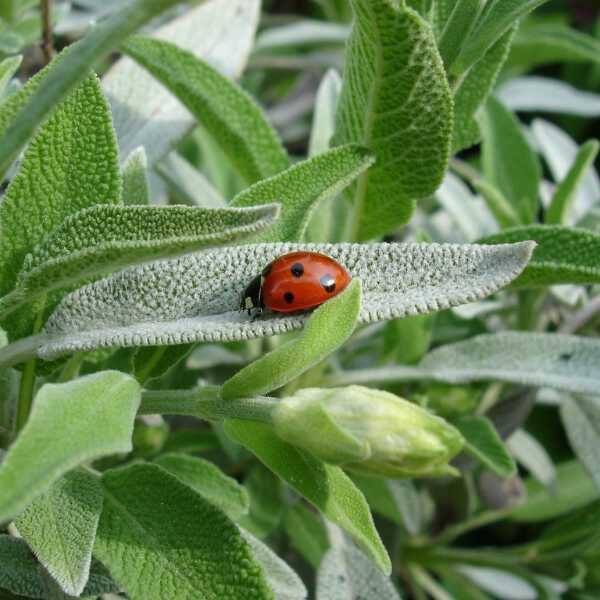



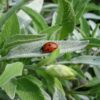
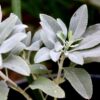

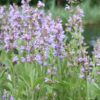
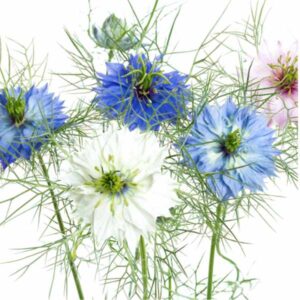
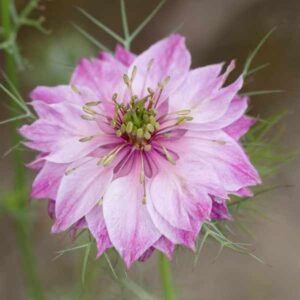
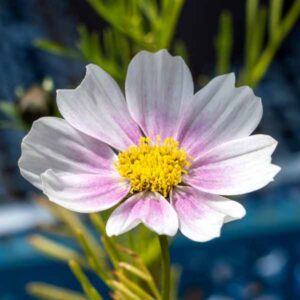
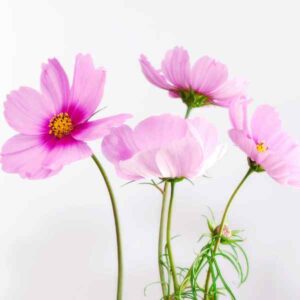
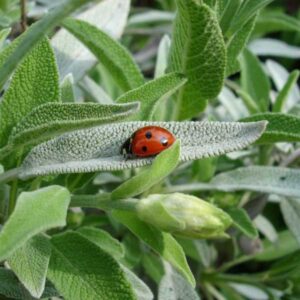
2 reviews for Sage